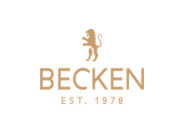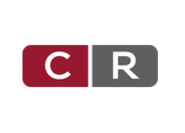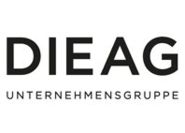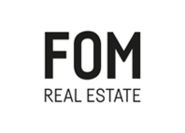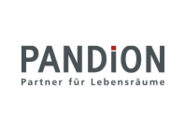Outlook for German Real Estate Market
Smaller established markets are highly attractive
The annual Deutsche GRI will welcome senior level real estate decision makers to identify opportunities and issues and has gathered insights from Danilo Hunker (Valad Europe) on the German real estate market. Danilo is attending Deutsche GRI this May in Frankfurt, co-chairing the discussions on German Light Industrial in the program.
German Real Estate still seems a treat for foreign buyers, especially in the big 7, whereas German investors venture out. Where do you see the potential in the next 12 months?
Investors looking at the German real estate market will have to be careful to choose investment themes appropriate to the stage of the investment cycle. For value-add investors, the best opportunities are likely to be found in strong locations in the secondary cities, rather than in the core markets. It will be a question of deciding on an investment theme that is right for this phase of the investment cycle. For example, there are currently some really good opportunities in light industrial and special logistics, such as cross-docking. These sectors still provide attractive yields at lower risk profiles, especially if you are partnered with an investment manager that has local knowledge and experience.
How significant are the issues associated with the high level of immigration we have seen last year?
The recent influx of immigrants from all over the world has the potential to provide some real lasting upside to the German economy, especially in the real estate sector. Up until 12 months ago Germany was faced with a declining working population, so the arrival of significant numbers of young immigrants should provide a boost to the economy in the long term. In the short-tem, the surplus of lower-quality office and commercial accommodation is being used to house many of these new arrivals. As they are gradually assimilated into the working population, we are likely to see rising demand for affordable homes, which the government is likely to fund using tax breaks for high-net-worth investors.
We have become used to a low interest rate environment, benefitting investors. Are lenders prudent enough to prevent a bubble? Is the lending landscape in a healthy state?
Since the financial crisis, the regulation of European banks has improved significantly, especially under the latest iteration of Basel 3. With stricter capital ratios in place, banks are now in a much better position to lend to real estate, even when interest rates eventually start to rise.
There is the lack of core products compared to non-core. Is more “new” development needed and where? How much risk do Investors accept?
In time, investors might be willing to build more speculative office investments in cities like Berlin and Munich, where there is demand. At the moment, though, banks are still reluctant to support this type of development activity.
Where do you see opportunities and what are you specifically looking for?
We look at investment themes. In Germany, there are still good value-add opportunities in some of the smaller established markets to invest in offices, retail parks and logistics.
Deutsche GRI 2016
Die Nutzungsrechte wurden The Property Post zur Verfügung gestellt von Global Real Estate Institute
Erstveröffentlichung: Deutsche GRI, Februar 2016







